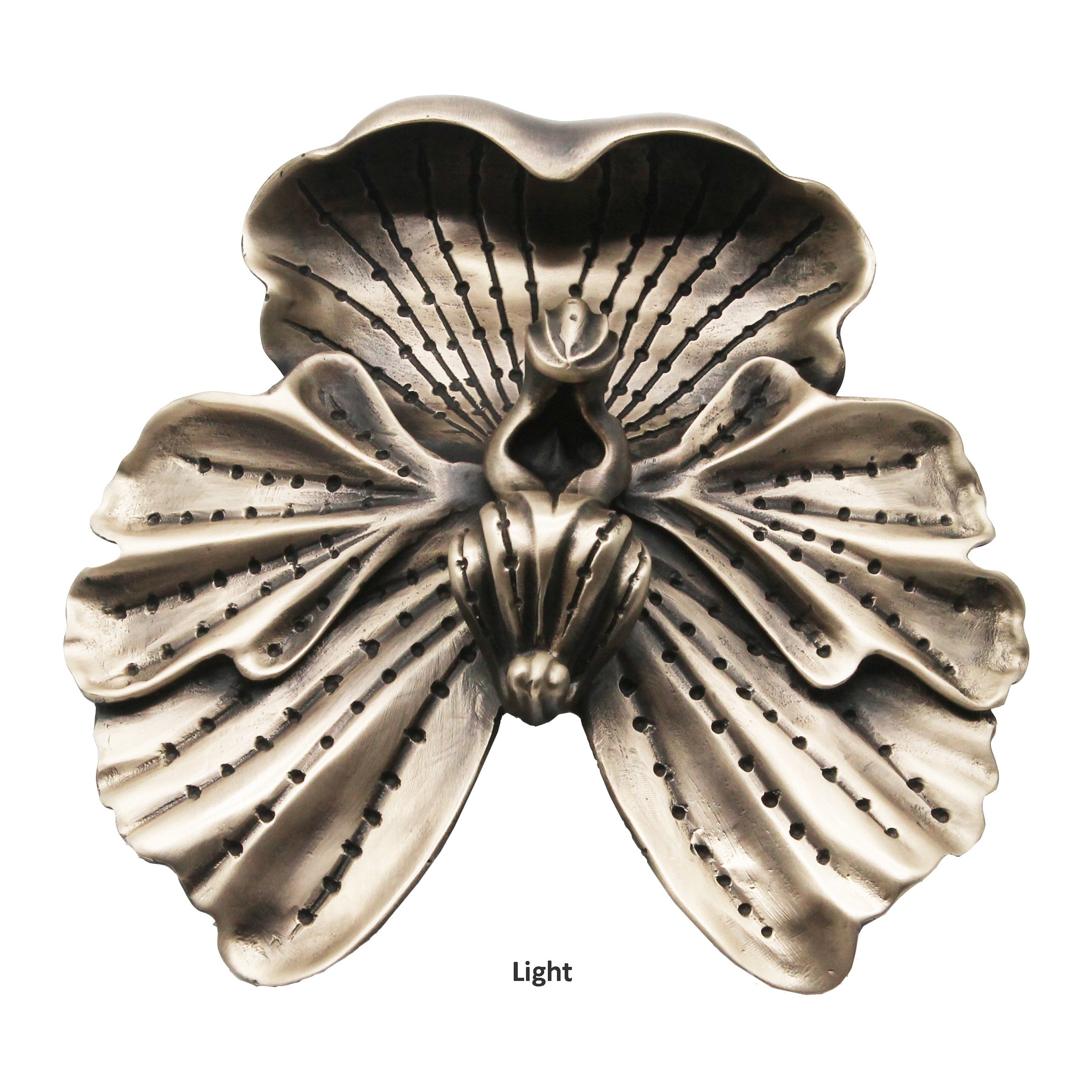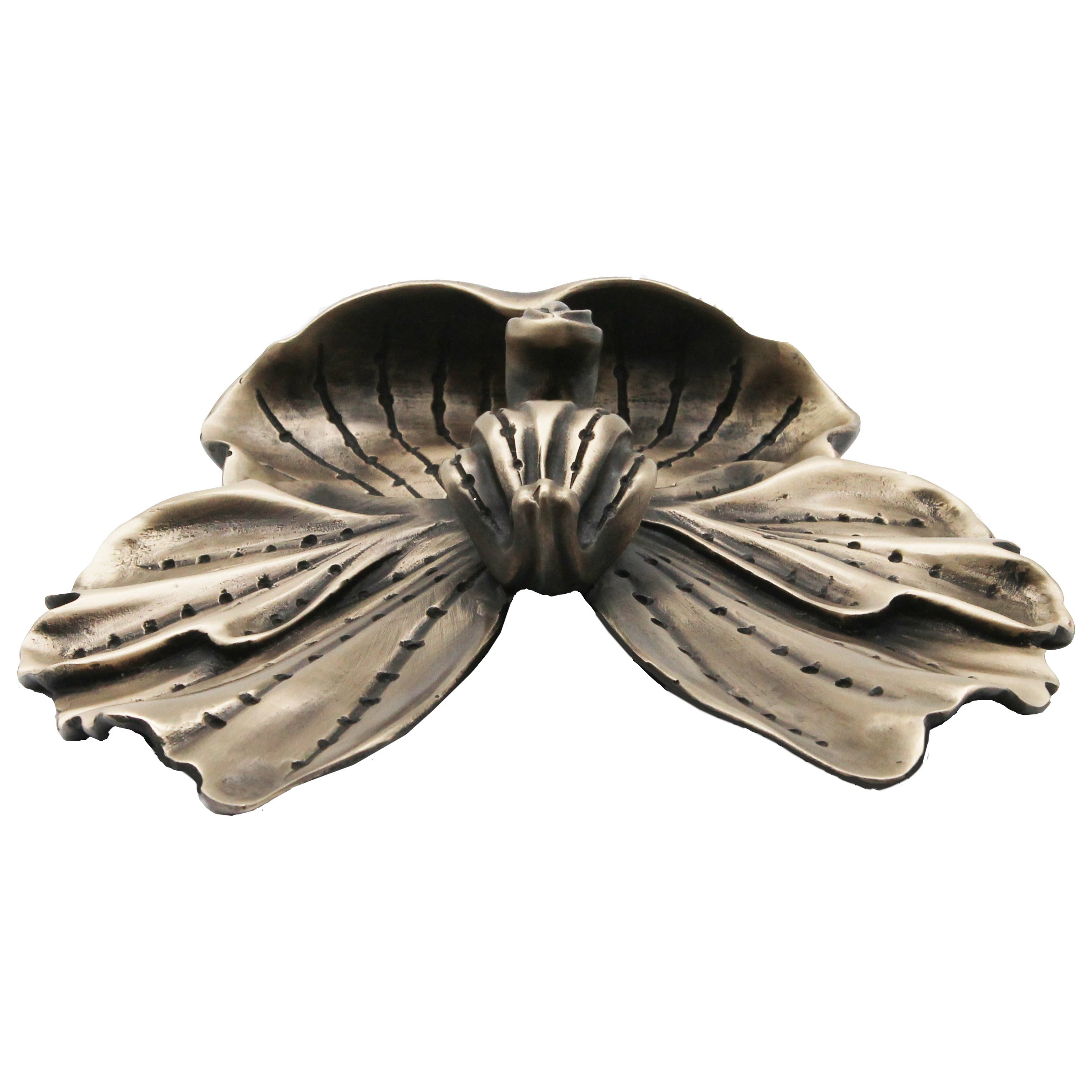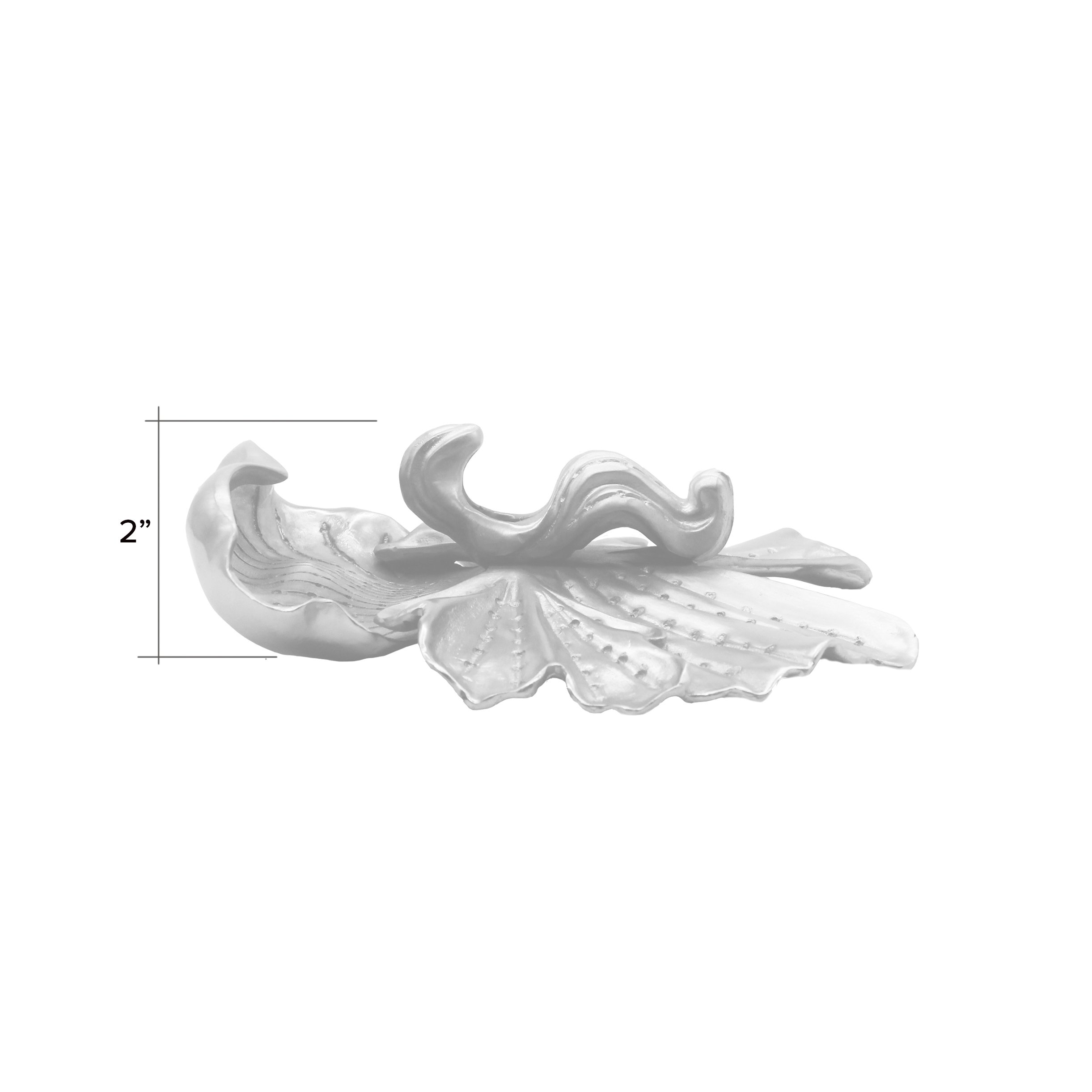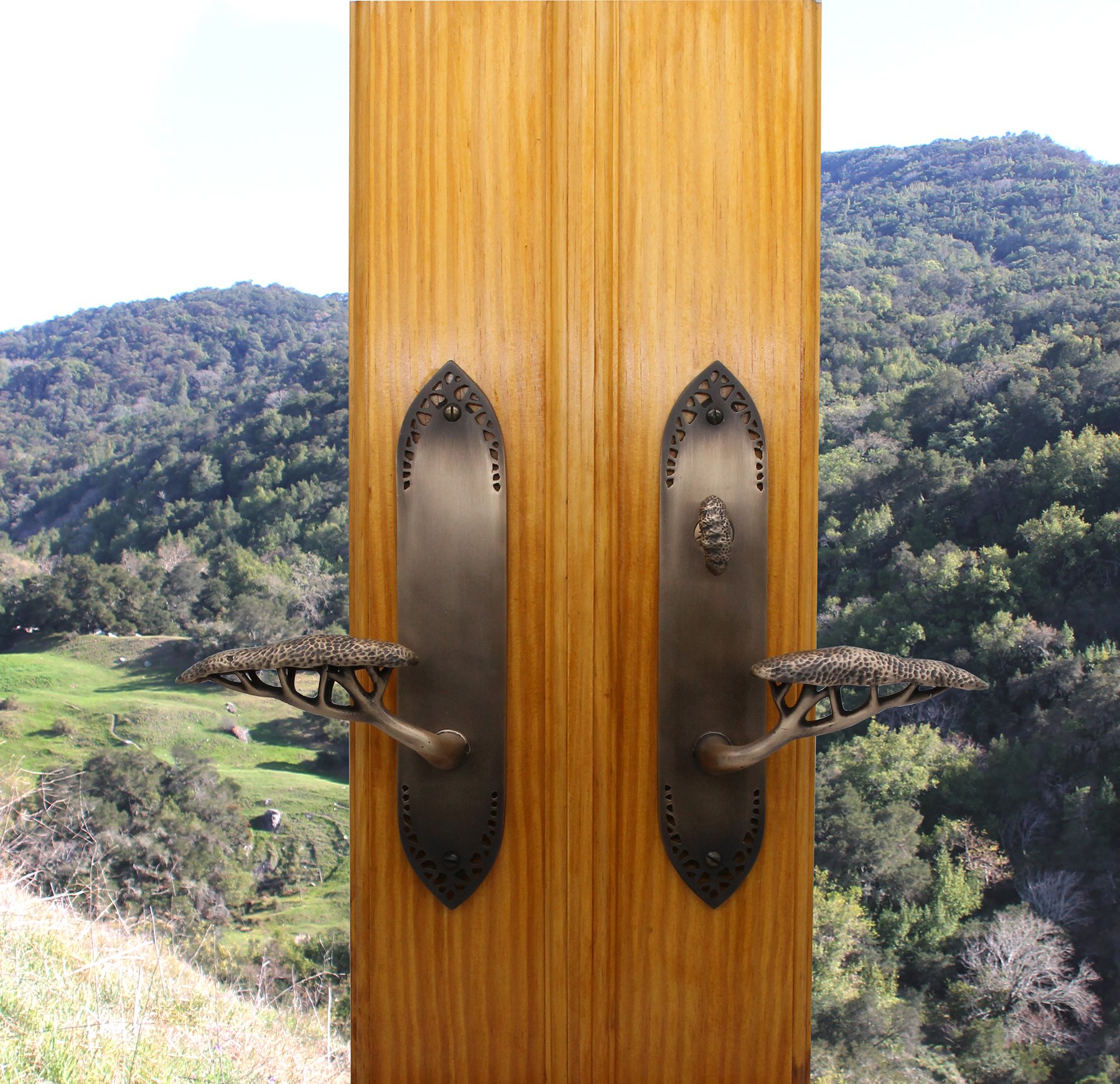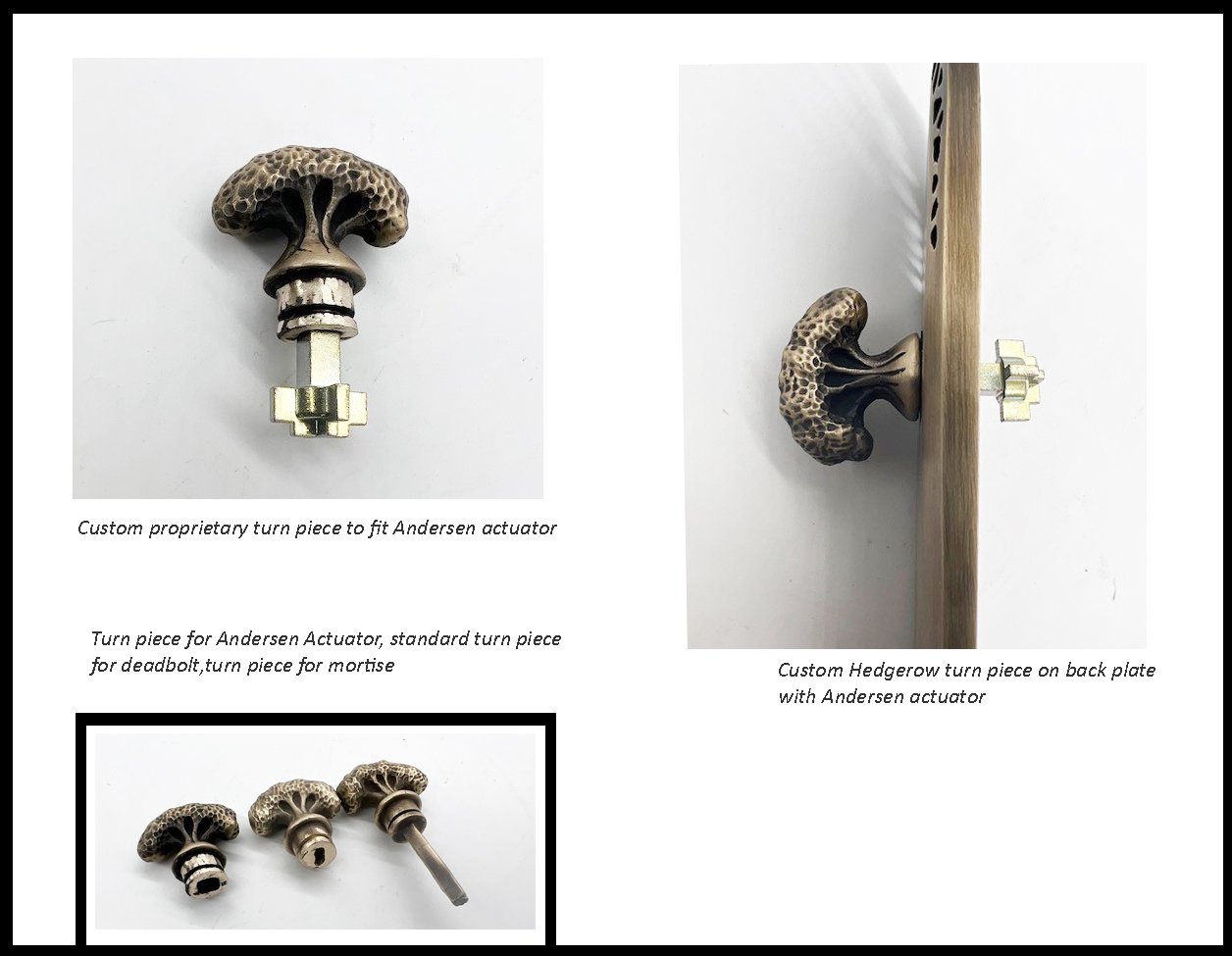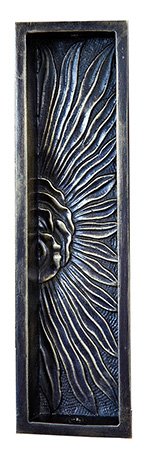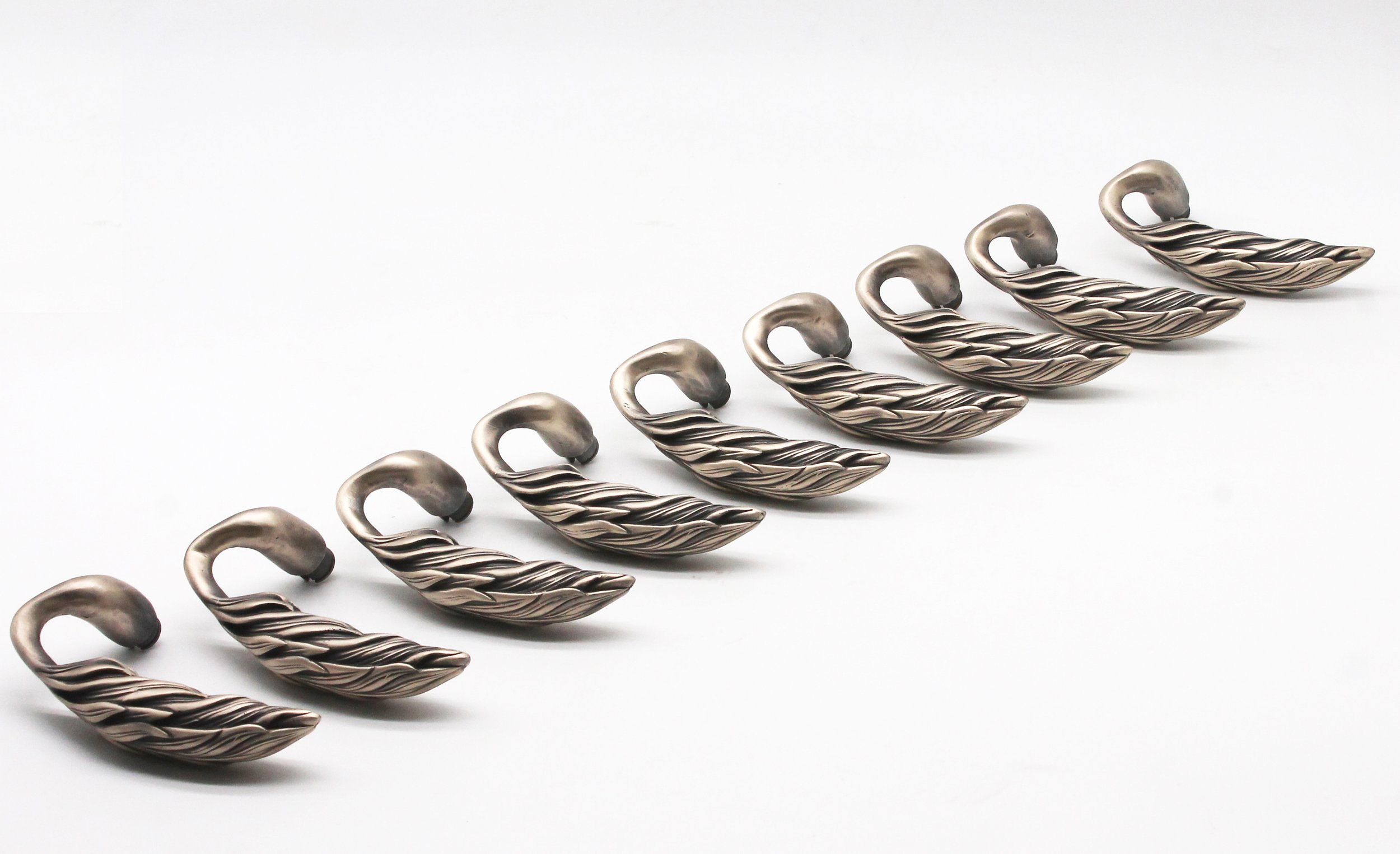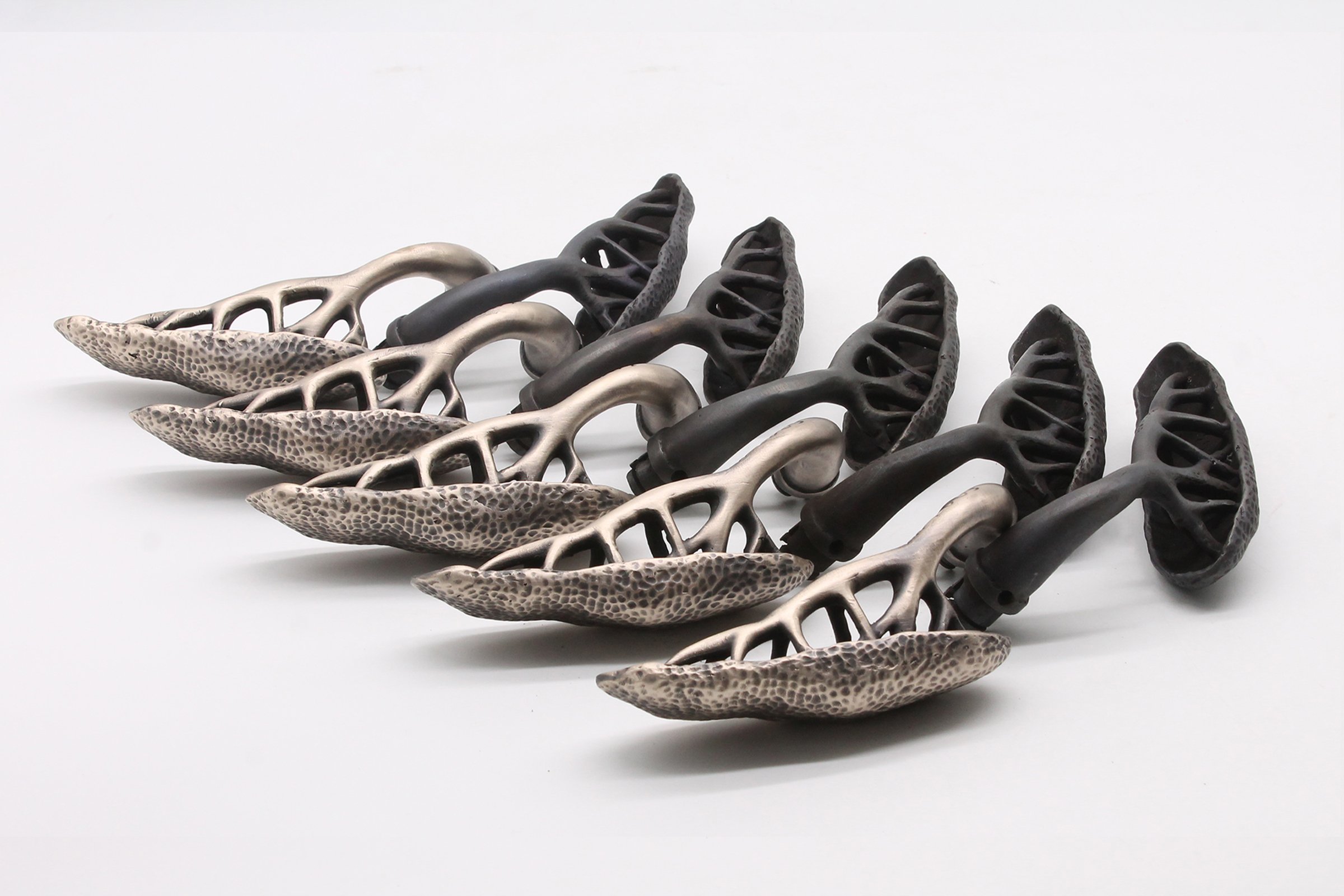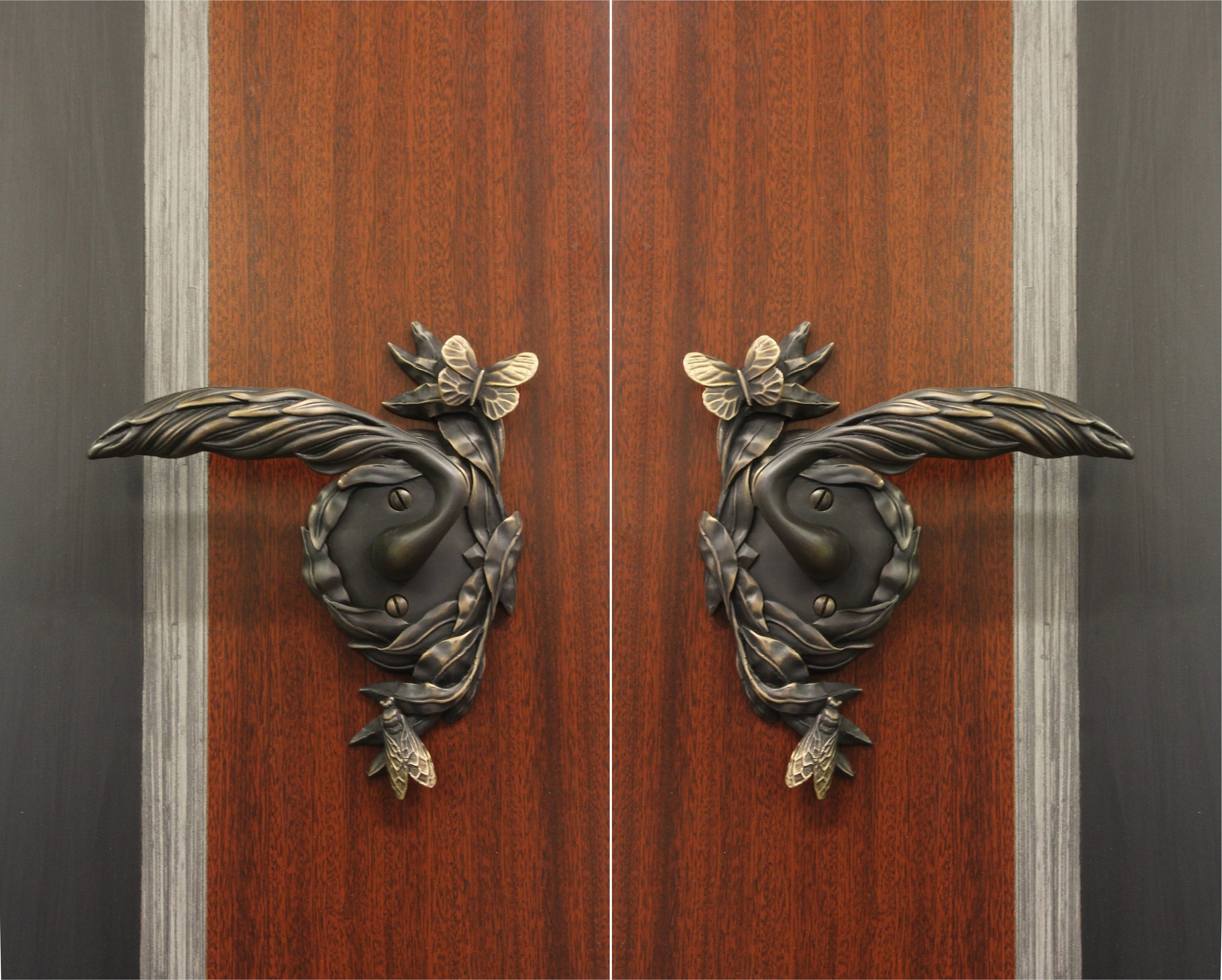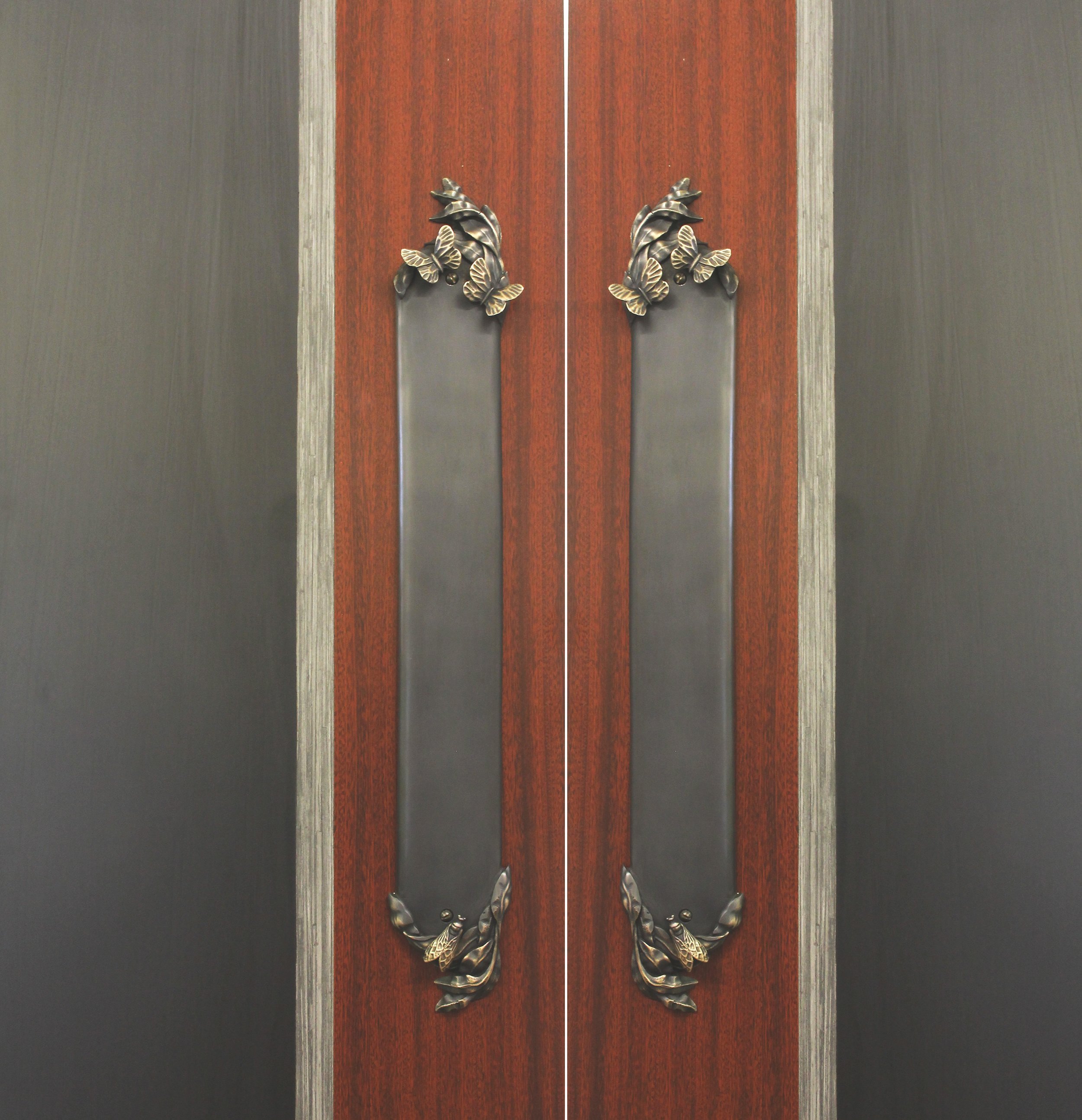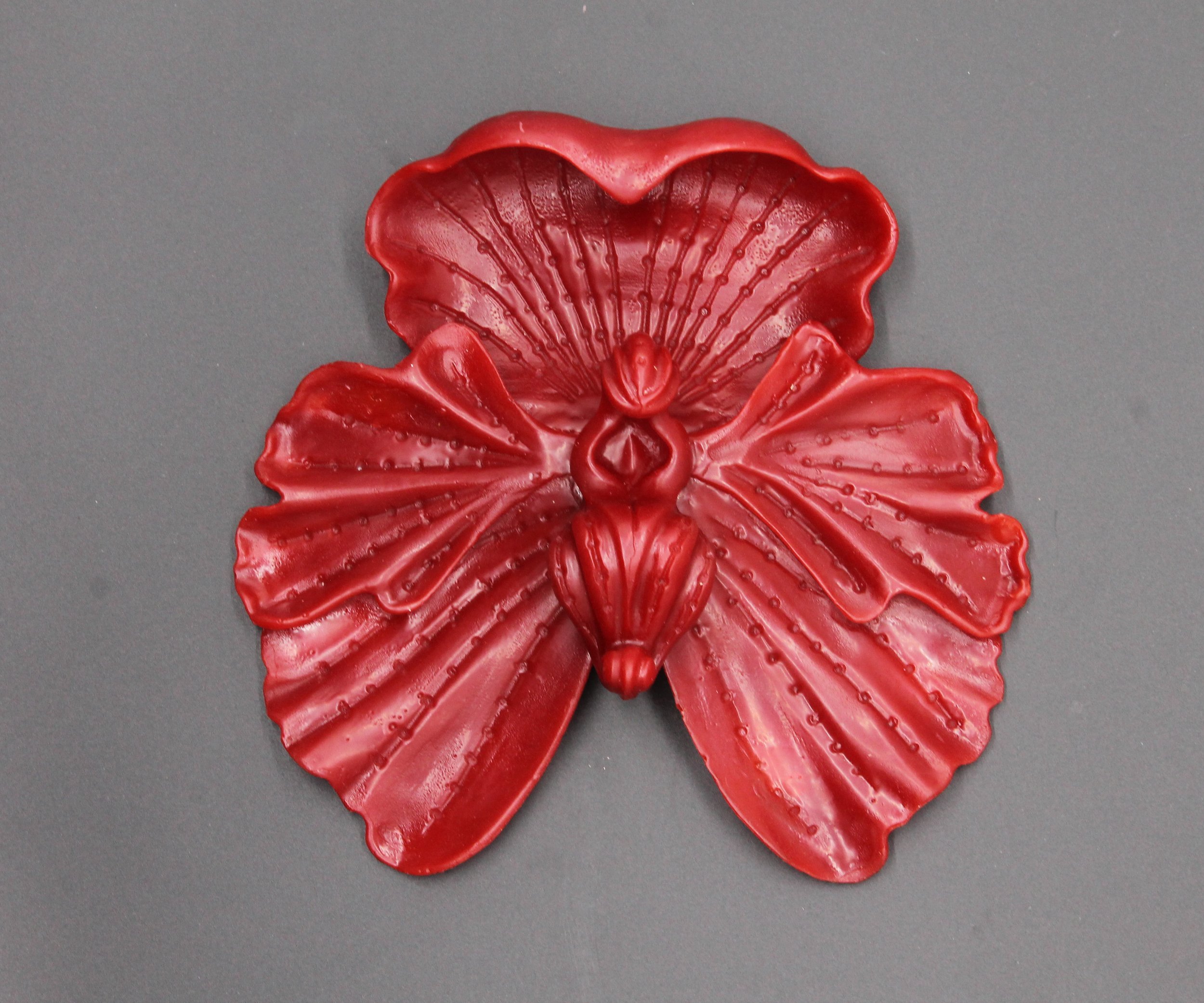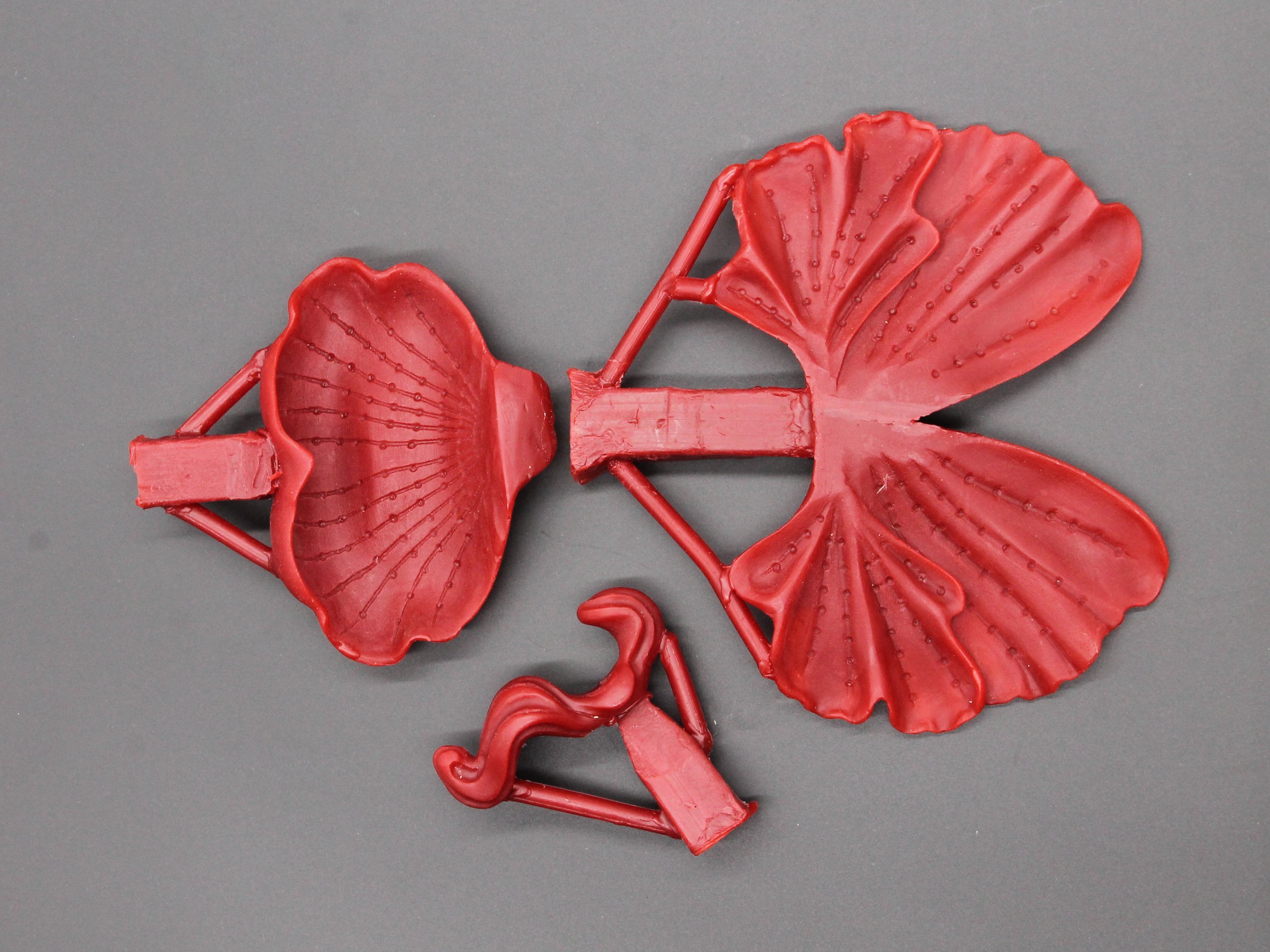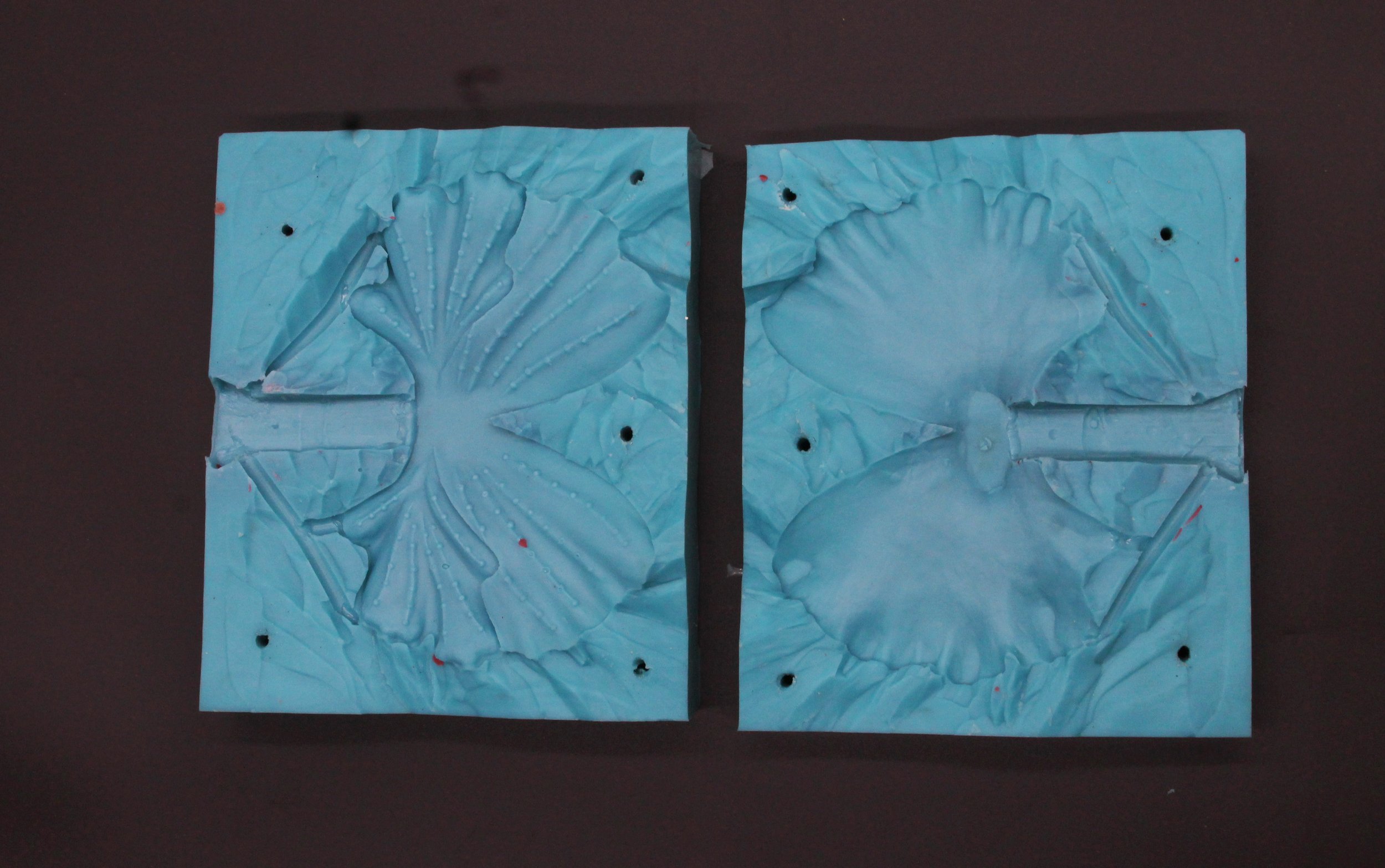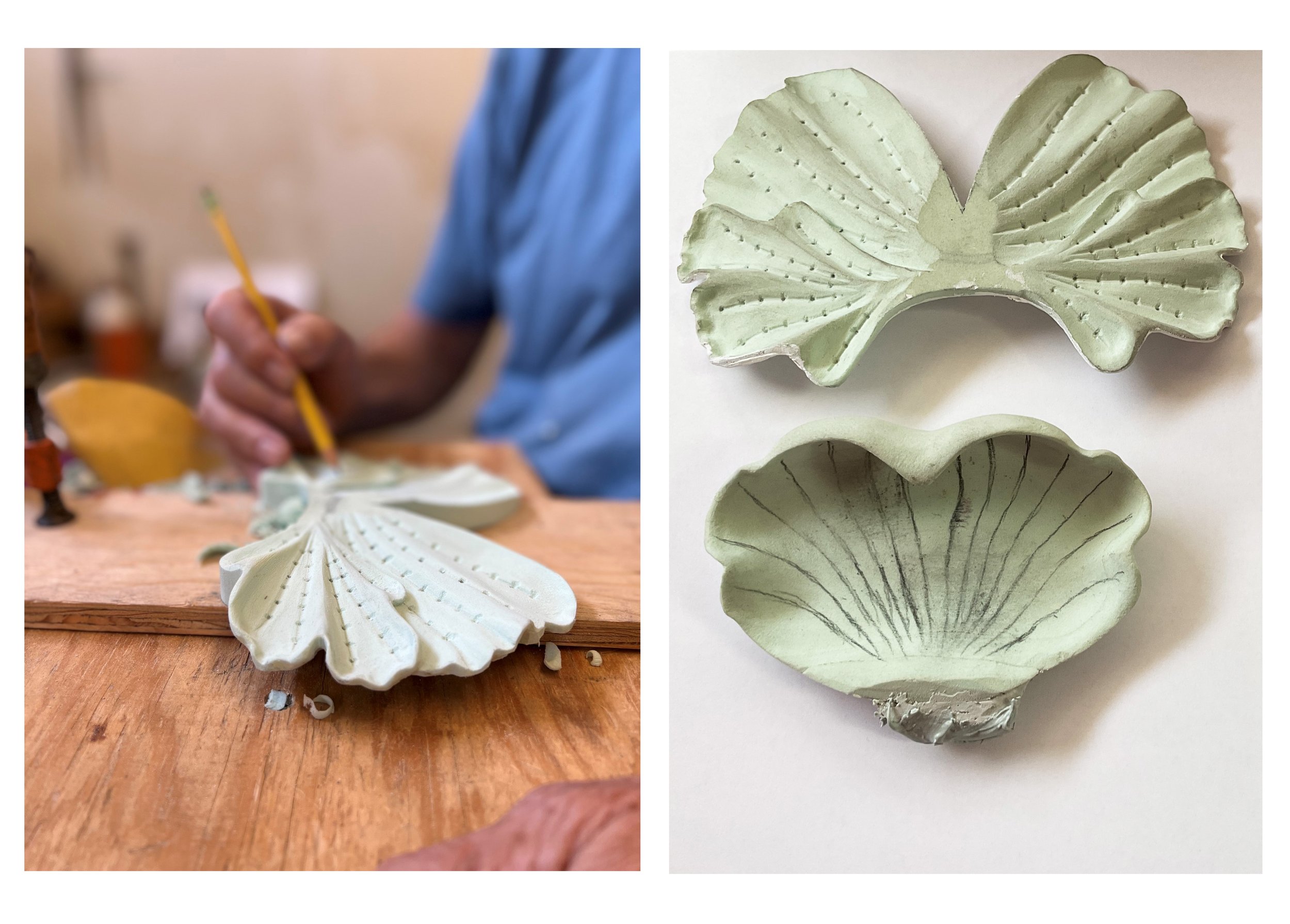After casting and patinating the first bronze dung beetle, we felt it was missing its ball or dung larder for the food needed by the eggs that are laid inside which will grow into hungry grubs.
Dung beetle from the collection of fantasy sculptures
The adult beetle locates dung by smell and he collects and works the dung to create a ball which is rolled to collect layer upon layer of dung. However, the location of the completed dung ball is not always ideal and the ball may need to be moved to a better pre-established nesting area.
In order to move the dung ball, the beetle rolls it backwards by holding it with its rear legs and pushing with its front legs. Doing it this way has its setbacks, as it cannot see obstacles in its path or see if he is pushing in the right direction.
As the pathway cannot easily be seen he climbs on top of the dung ball and turns in a circle to get his bearings. To navigate the correct direction, he uses the position of the sun during the day and position of the stars at night as a compass. These are remarkable insects and are not complete without their ball.
The dung ball we have created is a perforated organic bronze shell, we used our artistic license to create something a little more attractive than the typical dung ball.
The ball is approximately 7 inches in diameter and cast in 3 sections that welded together in the bronze.
The overall sculpture with dung beetle is 12 inches high.
The beetle navigator’s head and thorax were patinaed a blue green and the wing casing was patinaed dark grey black.
For more functional creatures please look at our animal cabinet pulls and our netsuke collection of dragon, bee and frog door knobs.



















